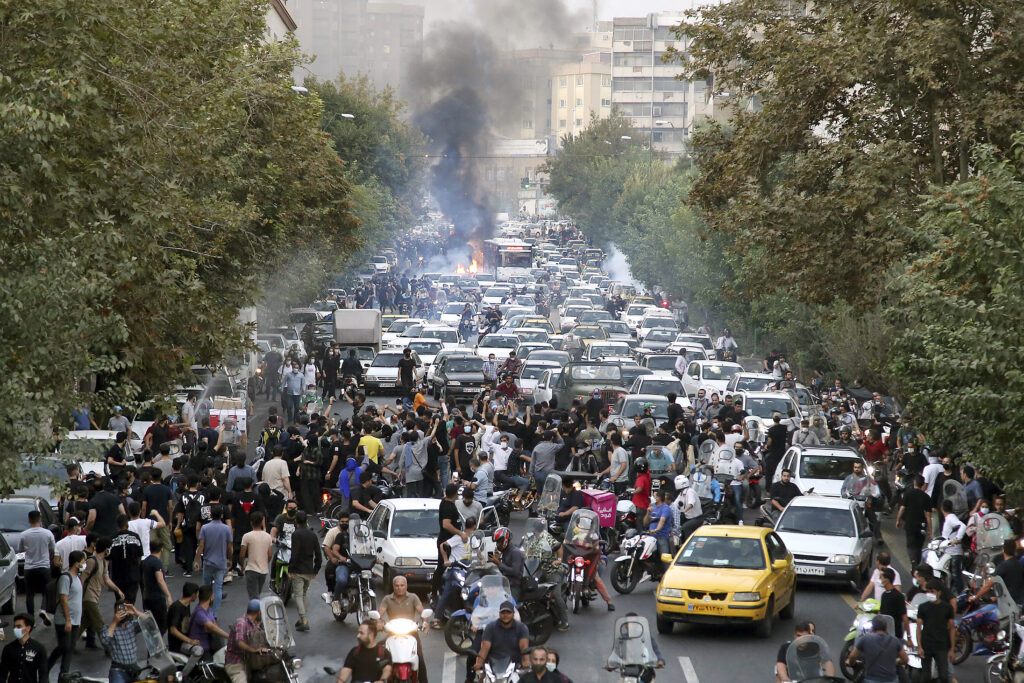Basij is leading Crackdown on Iran’s Protests
Newslooks-
They show up at the first signs of protest in Iran — men in black, riding motorcycles, often wielding guns or batons.
They are members of what’s known as the Basij, paramilitary volunteers who are fiercely loyal to the Islamic Republic. The shock troops of the ayatollahs have taken on a leading role in quashing dissent for more than two decades.
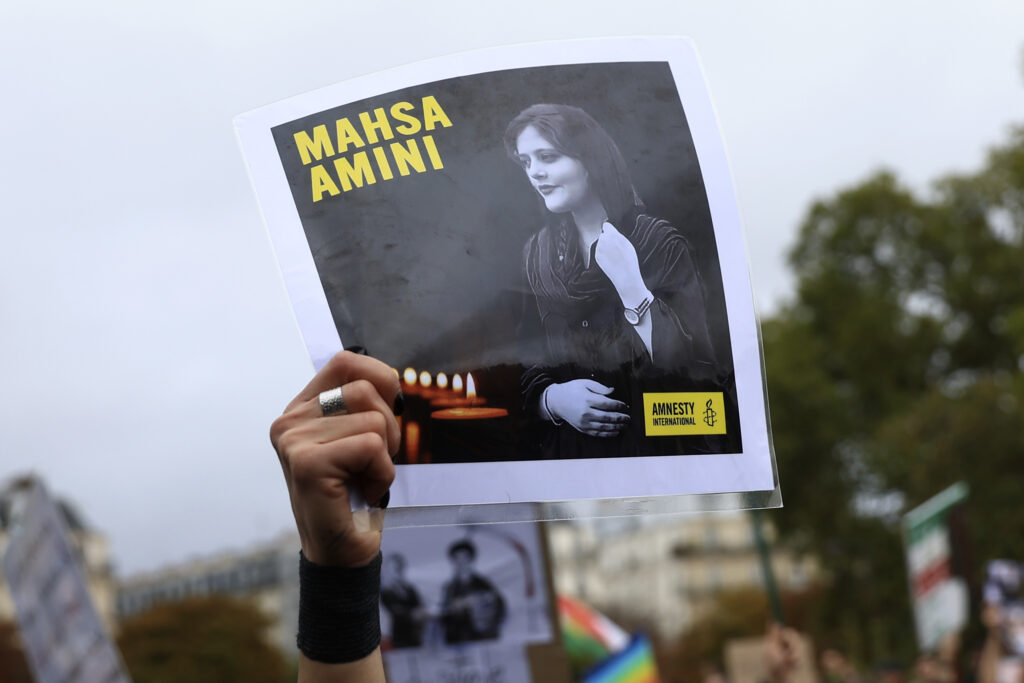
During the latest protests, which erupted after a young woman died in the custody of the country’s morality police last month, the Basij (ba-SEEJ’) have deployed in major cities, attacking and detaining protesters, who in many cases have fought back.
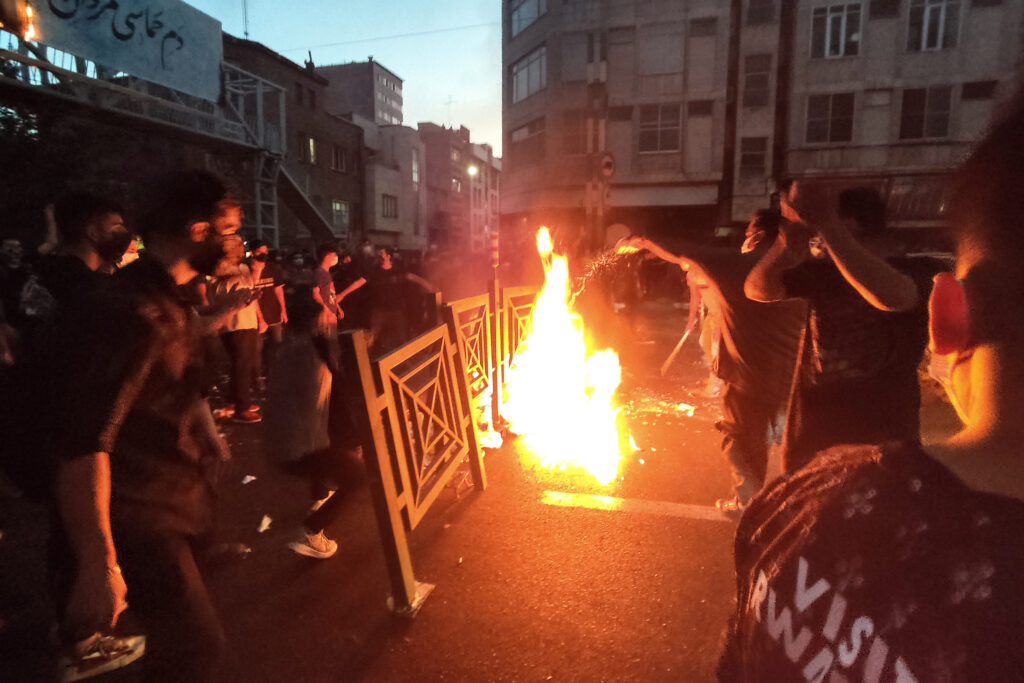
One widely-circulated video appears to show dozens of schoolgirls removing their mandatory Islamic headscarves, known as hijab, and shouting at a visiting Basiji official to get lost.
It remains to be seen if the latest round of unrest will eventually fizzle, but much could depend on how the Basij and other security forces respond to further protests.
Here’s a look at the Basij:
WHEN WAS IRAN’S BASIJ ESTABLISHED?
The Basij, whose official name translates to the Organization for the Mobilization of the Oppressed, was established by Ayatollah Ruhollah Khomeini shortly after the 1979 Islamic revolution to Islamize Iranian society and combat enemies from within.
During the ruinous Iran-Iraq war in the 1980s, the Basij led notorious “human wave” attacks against Saddam Hussein’s army, with large numbers of poorly armed fighters, many of them teenagers, perishing as they raced across mine fields and into artillery fire.
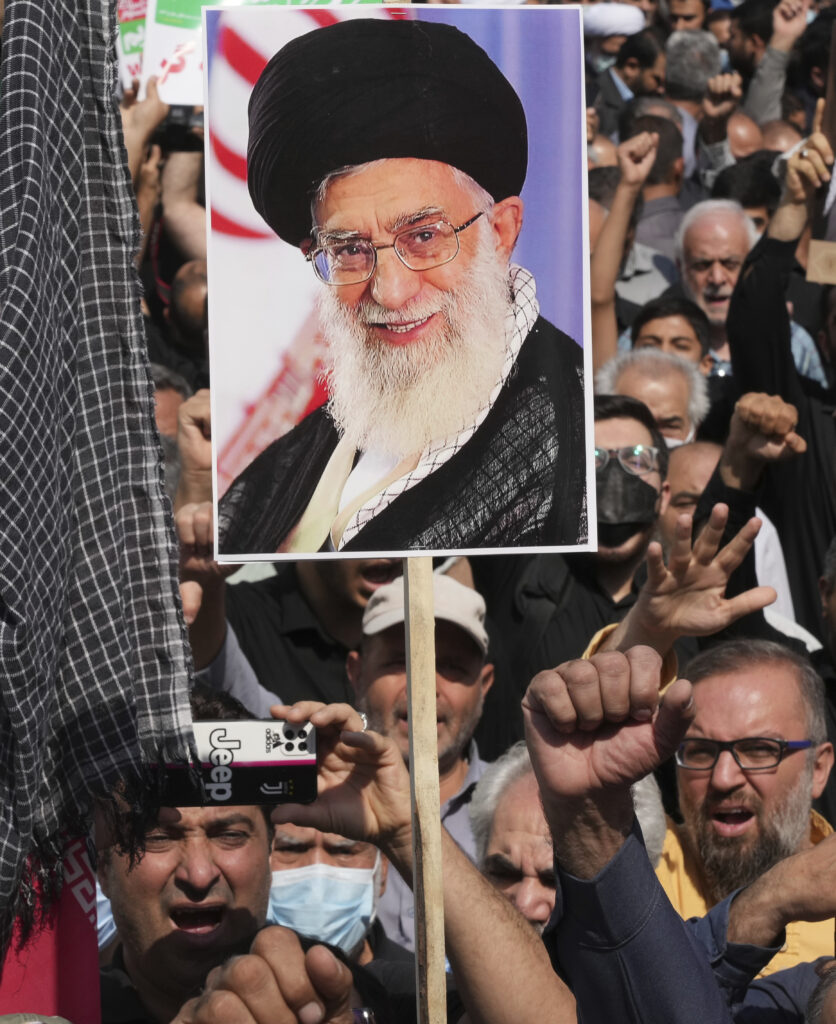
Beginning with the student revolts of the late 1990s, the Basij took on a domestic role roughly akin to the ruling party of an authoritarian state. It’s under the command of Iran’s Revolutionary Guard and fiercely loyal to Supreme Leader Ayatollah Ali Khamenei, who routinely praises the Basij as a pillar of the Islamic Republic.
They have established branches across the country, as well as student organizations, trade guilds, and medical faculties. The U.S. Treasury has imposed sanctions on what it says is a multi-billion-dollar network of businesses covertly run by the Basij.
The security apparatus of the Basij includes armed brigades, anti-riot forces and a vast network of informers who spy on their neighbors.
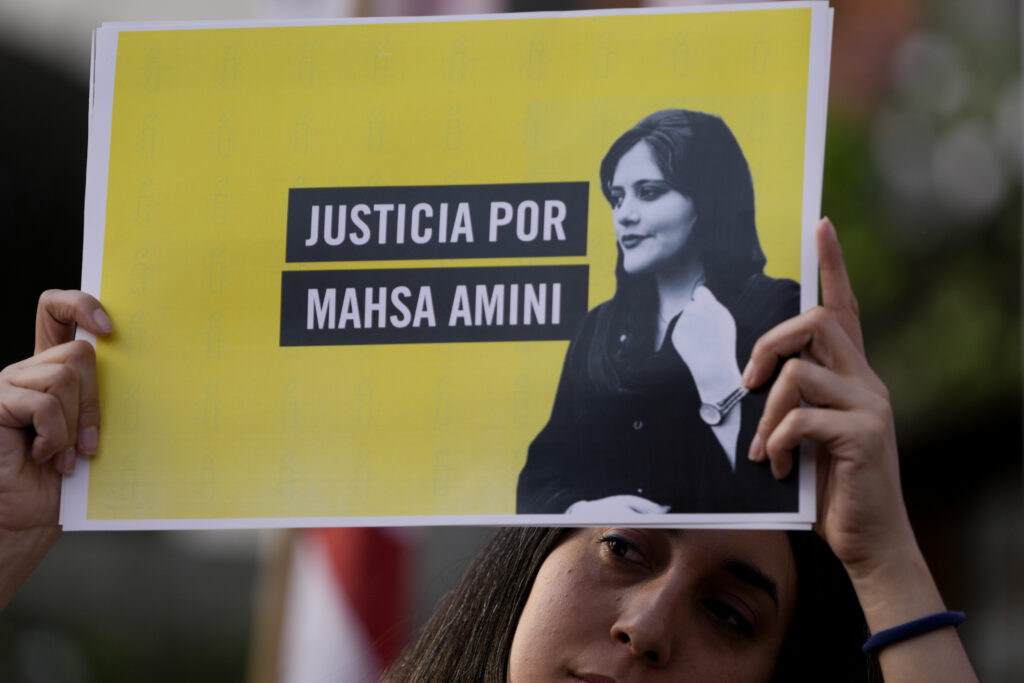
Saeid Golkar, an Iranian scholar at the University of Tennessee Chattanooga who has written a book about the Basij, estimates their total membership is around 1 million, with the security forces numbering in the tens of thousands.
“Because they are ordinary Iranians without a uniform, the Islamic Republic is billing them as pro-regime supporters,” he said, referring to those who confront the protesters. “At the same time, most of these people are receiving salaries from the Islamic Republic.”
WHY DO IRANIAN FORCES ATTACK THE PROTESTERS?
Experts say many of those who join the Basij do so because of economic opportunities, with membership providing a leg up in university admissions and public sector employment.
But recruits are also put through heavy indoctrination, including an initial 45 days of military and ideological training. They are taught that the Islamic revolution is a godly struggle against injustice, one that is threatened by myriad enemies — from the United States and Israel to exiled Iranian opposition groups and even Western culture itself.
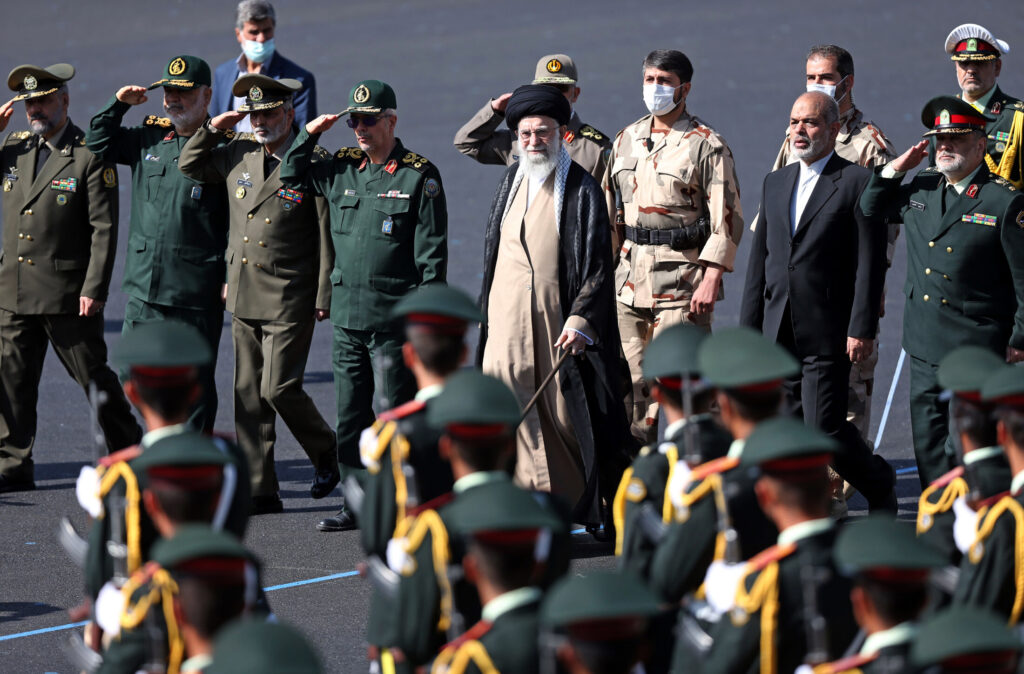
Even if new recruits are initially driven by personal gain, Golkar says, “the indoctrination can help to modify these motivations.”
In the eyes of the Basijis, the Islamic headscarf, or hijab, is a bulwark against gender mixing, adultery and corruption — its removal a sign of decadent Western culture. Iran’s leaders have cast the latest protests as part of a foreign conspiracy to foment unrest.
Protesters reject that characterization, saying the demonstrations are a spontaneous outpouring of anger at decades of repressive rule, poor governance and international isolation.
HOW DO IRANIAN FORCES CLAMP DOWN ON PROTESTS?
The policing of dissent in Iran begins with heavy surveillance of its citizenry, much of it done by Basijis, who have a presence in nearly every public institution. Iran also restricts internet access, especially during times of protest, and the Basij have a cyber division devoted to hacking perceived enemies.
“There are different strategies. Of course the more visible is the violent one,” said Sanam Vakil, an Iran expert at the Chatham House think tank in London.
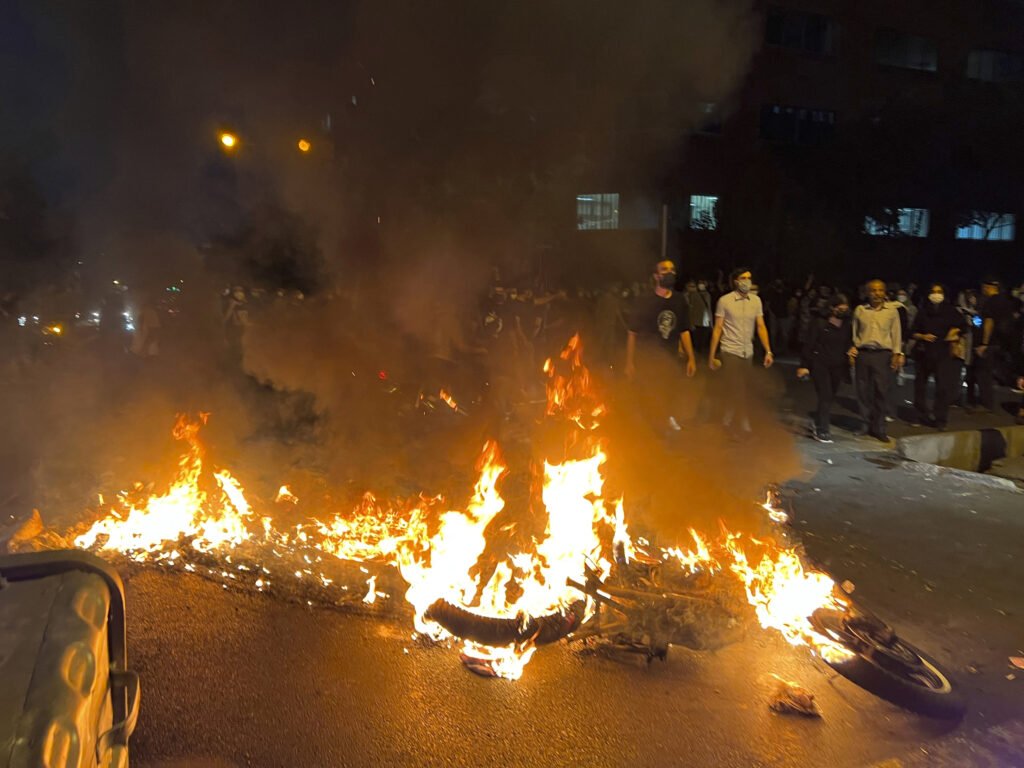
When protests break out, Basijis wearing black or commando fatigues ride in on motorcycles, sometimes charging directly into the demonstrators in order to disperse them. They operate alongside the regular police and Iran’s Revolutionary Guard, who are also taking part in the crackdown.
“They have been chasing, clubbing, shooting protesters, trying to round them up, beat them up, throw them into vans to take them to detention centers where protesters are roughed up and pressured,” Vakil said.
Basijis can also be found among the protesters themselves, as informers trying to identify ringleaders. Amnesty International said in a report last month that four individuals identified by Iranian authorities as Basijis appear to have been shot and killed by security forces while mingling with protesters.
WILL IRAN SUCCEED IN QUASHING THE PROTESTS?
Iran has stamped out several waves of protests over the years, including the Green Movement of 2009, when millions took to the streets after a disputed presidential election. Hundreds were killed in 2019 when Iran put down demonstrations over the heavily-sanctioned country’s prolonged economic crisis.
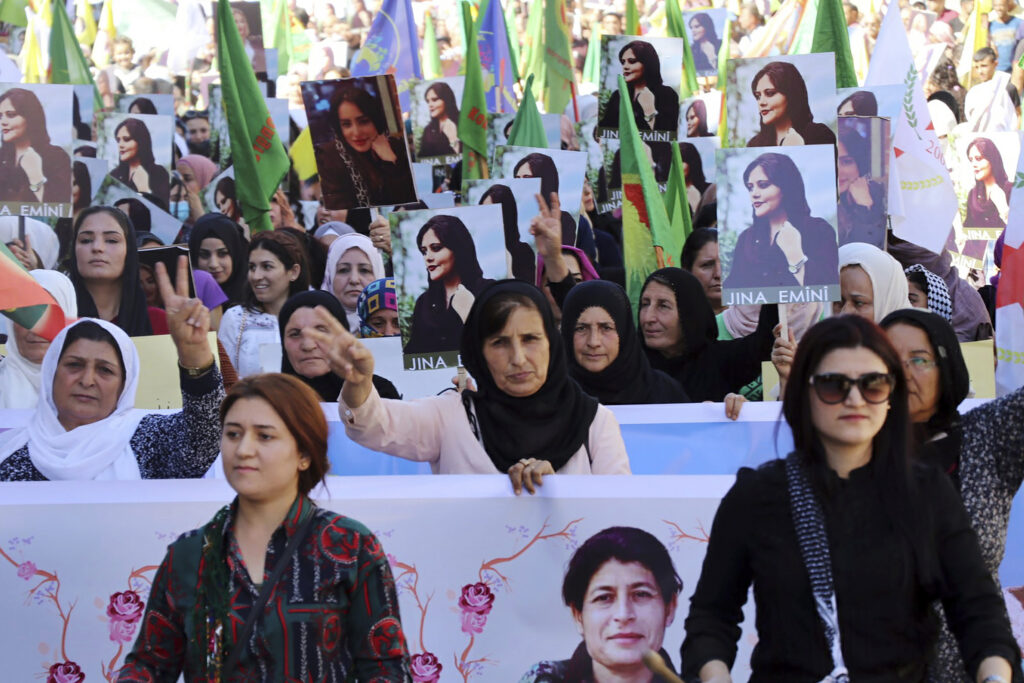
But the latest protests have a different feel, which could make them harder to extinguish.
They are led by young women fed up with the increasingly heavy-handed enforcement of the country’s conservative Islamic dress code. But they draw support from a much wider swath of society, including ethnic minorities and even some workers in Iran’s crucial oil industry.
The protesters accuse Iran’s morality police of beating 22-year-old Mahsa Amini to death for wearing the hijab too loosely. Authorities deny she was mistreated, saying she died of a heart attack linked to underlying health conditions, an account disputed by her family.
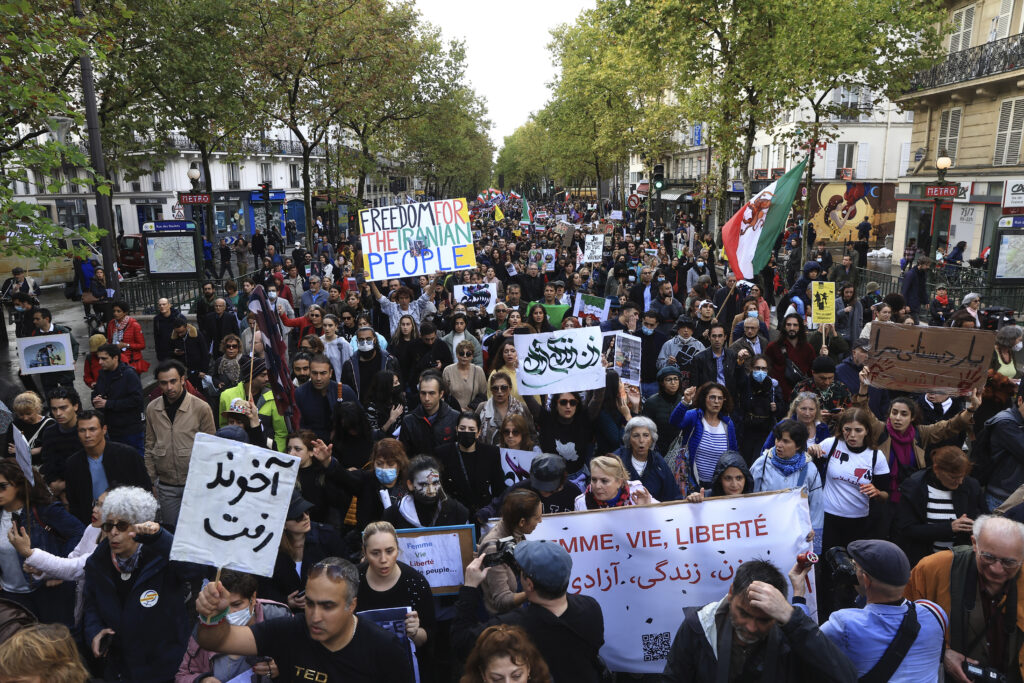
Videos of recent protests show young women twirling their hijabs in the air and cutting their hair, as demonstrators chant “death to the dictator.” and other slogans.
When the Basij arrive, the protesters can often be seen fighting back, and sometimes succeeding in driving them off.
But no one expects Iranian authorities to back down anytime soon.
“It’s a little to early to say from the outside, with the level of internet censorship, exactly what’s happening,” Vakil said. “But I think the (government’s) hope at the beginning was that the protests would fizzle out, and now the repressive capacity is stepping up.”

